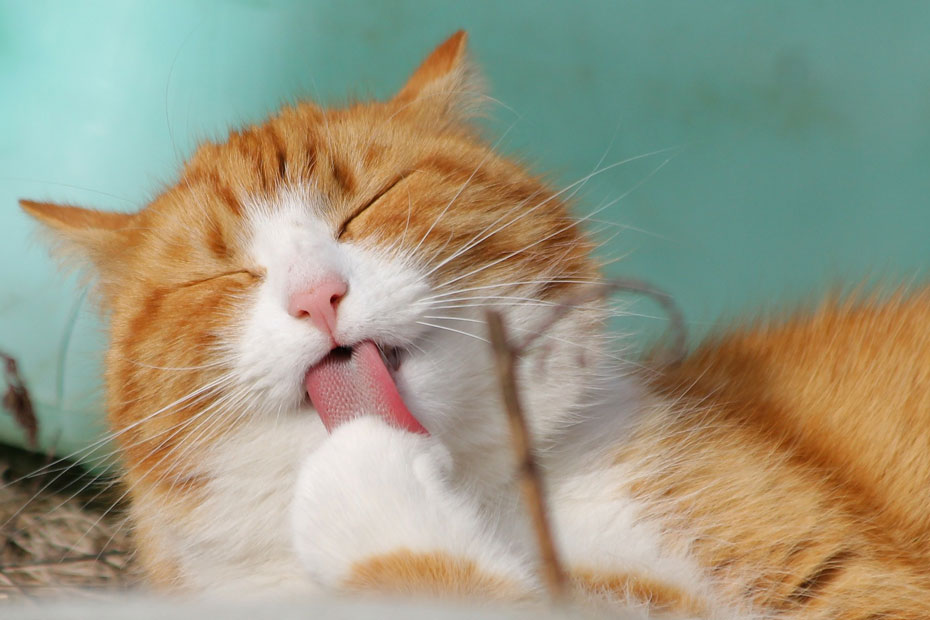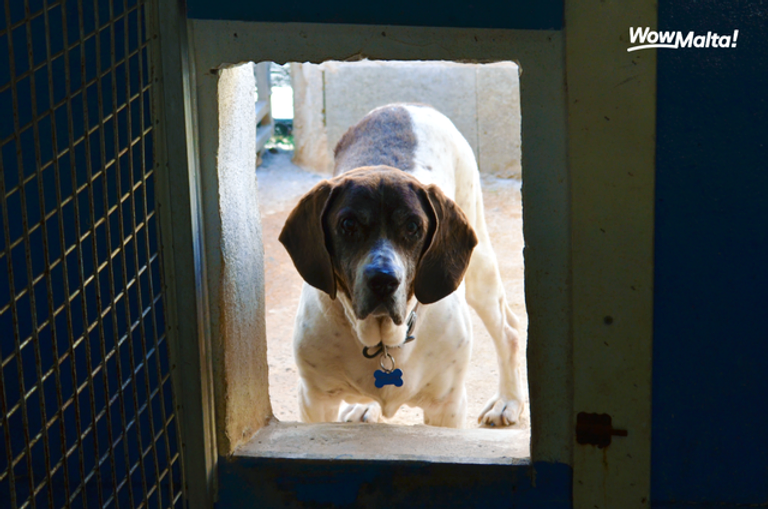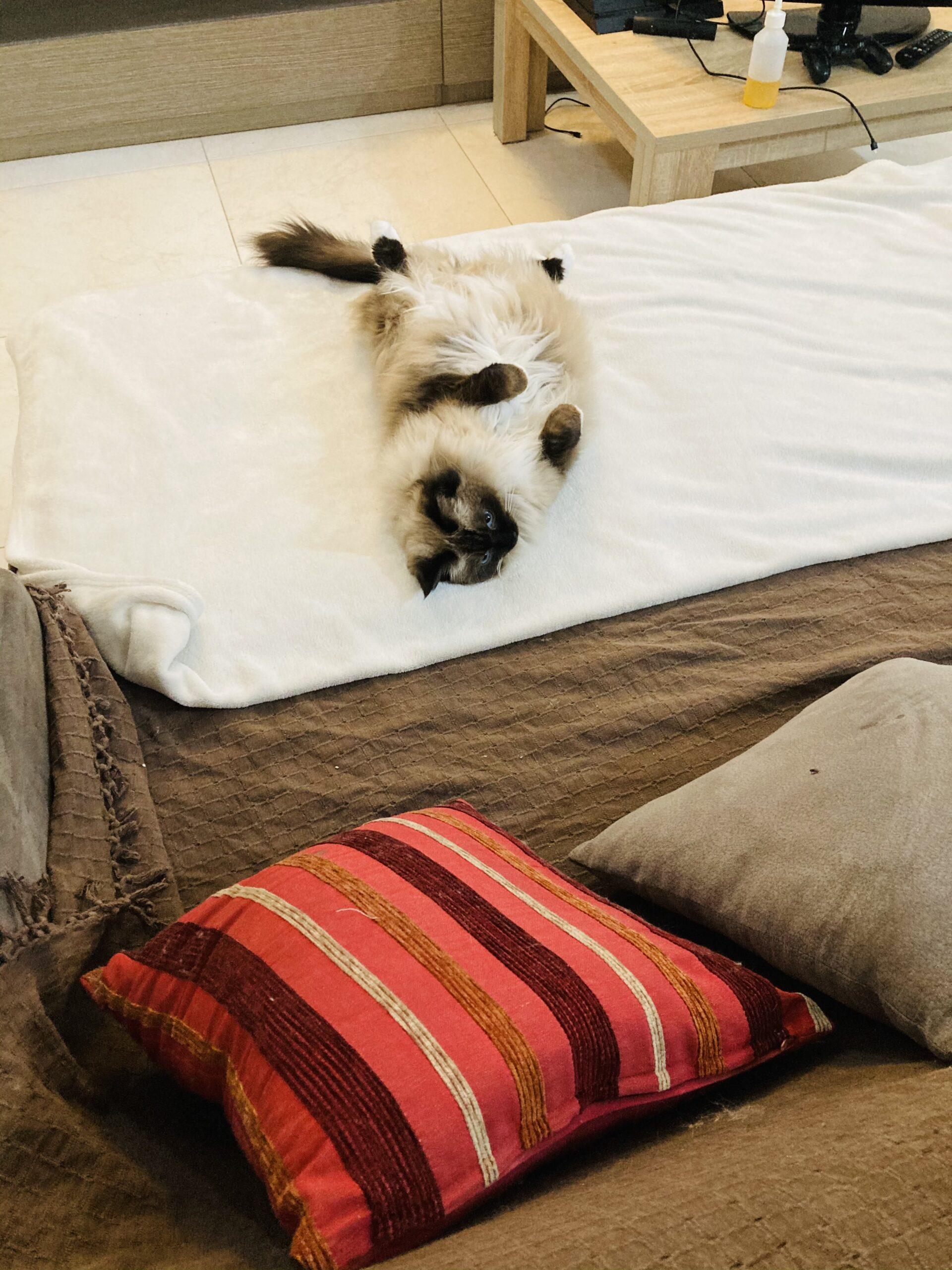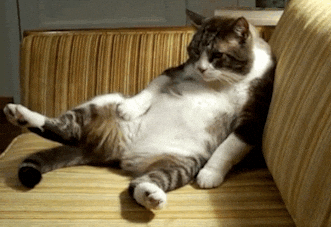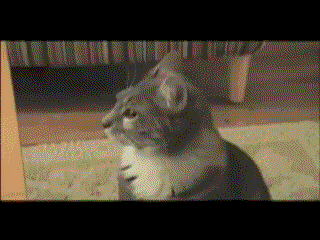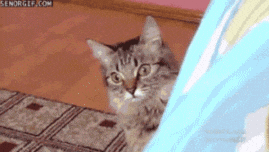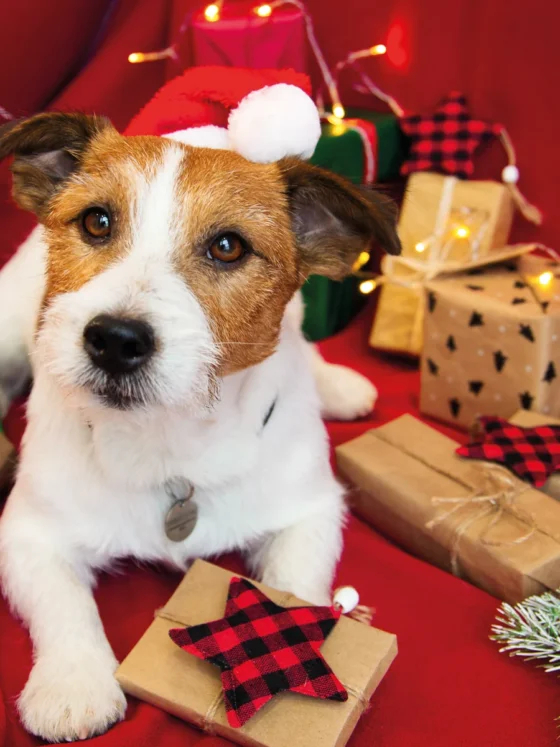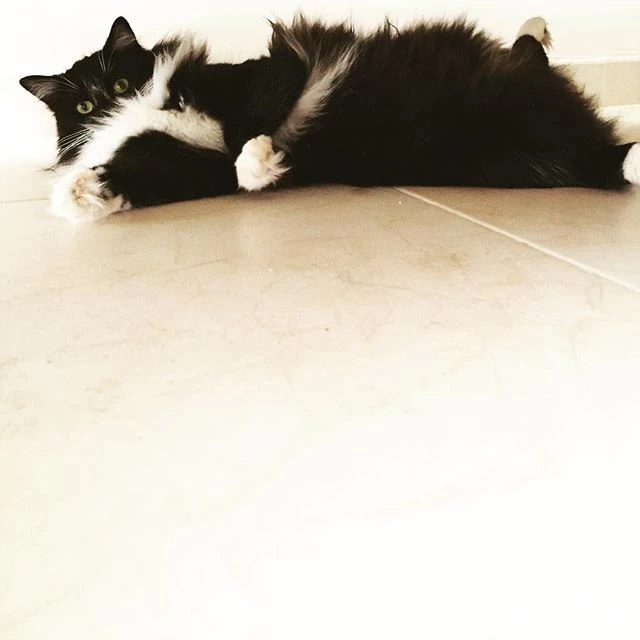Introducing a puppy into your home can bring both joy and chaos. One moment you’re snapping cute pictures, and the next you’re Googling, “Is it bad if my dog ate a sock?” Sound familiar?
Whether you’ve recently adopted your first pup or are contemplating adoption, here are three crucial strategies to navigate puppyhood with your sanity (and shoes) intact.

1. Prepare the Essentials (Yes, That Includes Pet Insurance)
Puppies can be both adorable and chaotic. They chew, they dig, they get into everything—and sometimes, they end up in trouble.
Think:
- Mysteriously missing bread loaves
- Garden explorations that end with a stone up the nose
- Upset tummies from licking who-knows-what on their walk
That’s why your first step should be securing comprehensive pet insurance. It might feel like an extra cost now, but when your pup swallows a sock or breaks a nail during zoomies, you’ll thank yourself for being prepared.
Pro tip: Many policies offer free first-month trials. Check with your vet or online comparison tools for the best option.
Other must-haves:
- Crate (to become their “den”)
- Puppy-safe chew toys
- Collar, leash, and ID tag
- Food and water bowls
- Vet appointment booked in advance
Related: How to Choose the Right Crate Size for Your Puppy
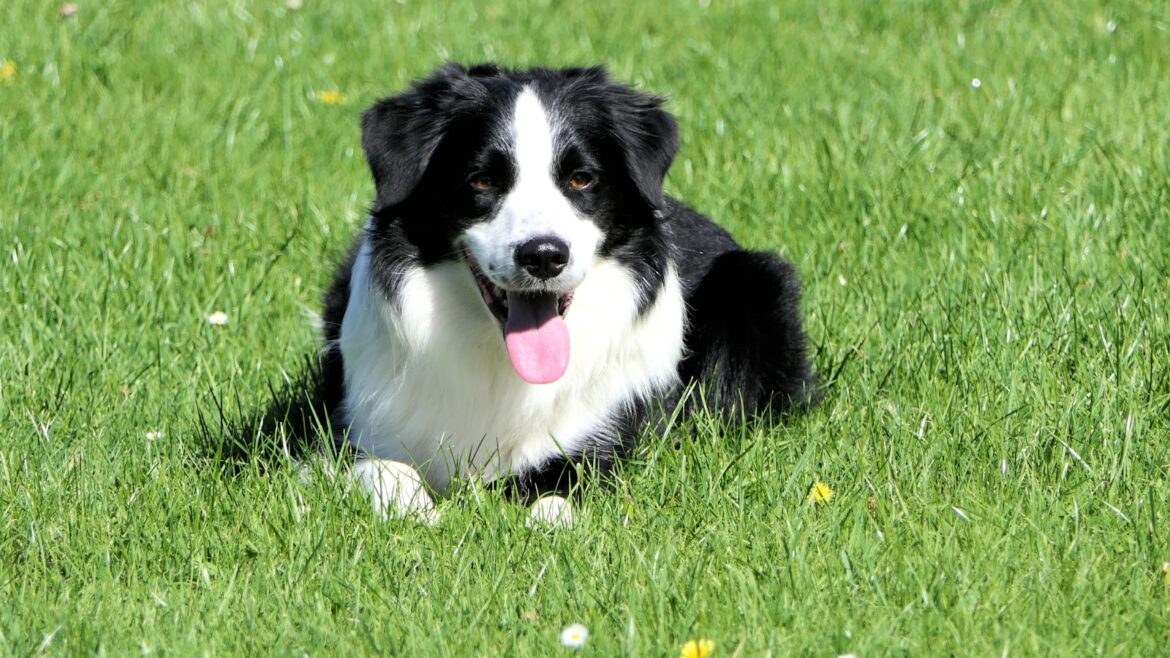
2. Take Time Off to Bond
Puppyhood is like parenting a newborn. They’ll cry at night, follow you around, and need constant attention—especially during the first few weeks.
If you can, take at least one to two weeks off work.
Why? Because your pup:
- Has just left its mum and littermates
- Needs help adjusting to a brand-new world
- Will build its trust and confidence based on your presence
Use this time to:
- Begin crate training
- Introduce them to your home environment slowly
- Start a feeding, toileting, and nap routine
- Play and cuddle to establish your bond
Remember, your puppy is learning that you are their safe space.
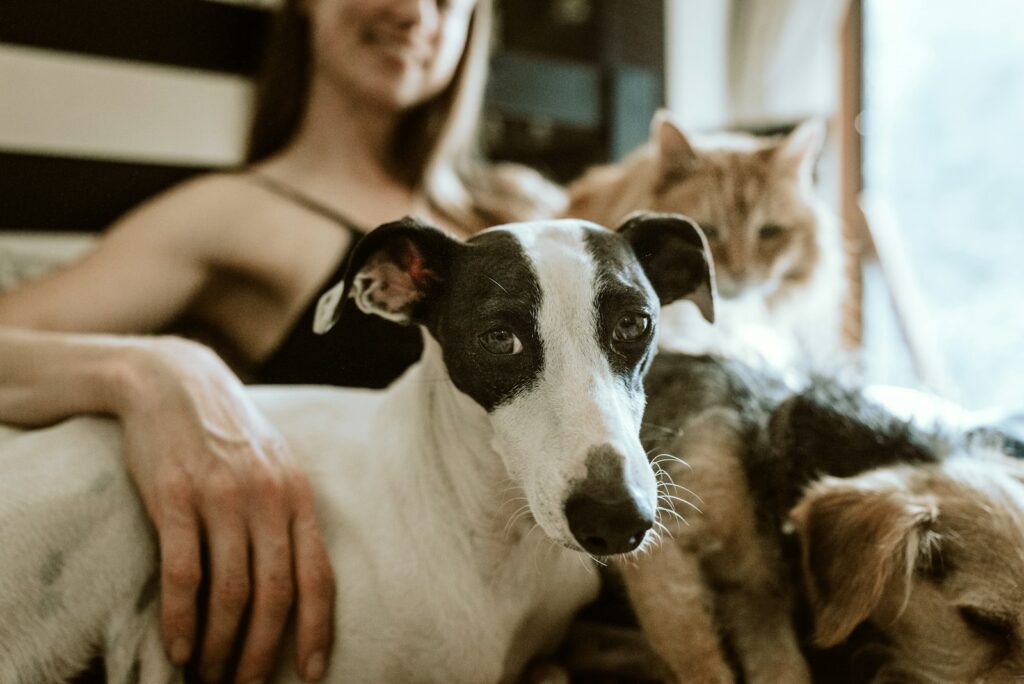
3. Start Training from Day One
Forget waiting a few weeks—training begins the moment they step paw in your home.
Sure, walks are wonderful. But what your puppy really needs is a mix of physical and mental stimulation.
Try these quick training tips:
- Use positive reinforcement (treats + praise)
- Teach basic commands like “sit,” “stay,” and “lie down.”
- Introduce puzzle toys and scent games
- Play “find the toy” or hide small treats
Even five minutes of focused training can tire your dog out as much as a half-hour walk.
And yes, there will be biting (they’re teething!). Redirect to a chew toy, stay calm, and be consistent. In time, they’ll understand the rules—and you’ll build a well-behaved, confident dog.

Final Thoughts: From Puppyhood to Partnership
Puppyhood isn’t always easy—but it’s full of beautiful firsts:
One of the most memorable moments is when they wag their tails at the sight of you.
It’s the initial stroll that remains peaceful.
The first night they curl up beside you, feeling safe and loved.
If you adhere to these straightforward guidelines, you’ll emerge from the experience with a content, devoted friend and a lasting relationship that is unquestionably worth the early mornings and chewed-up slippers.
